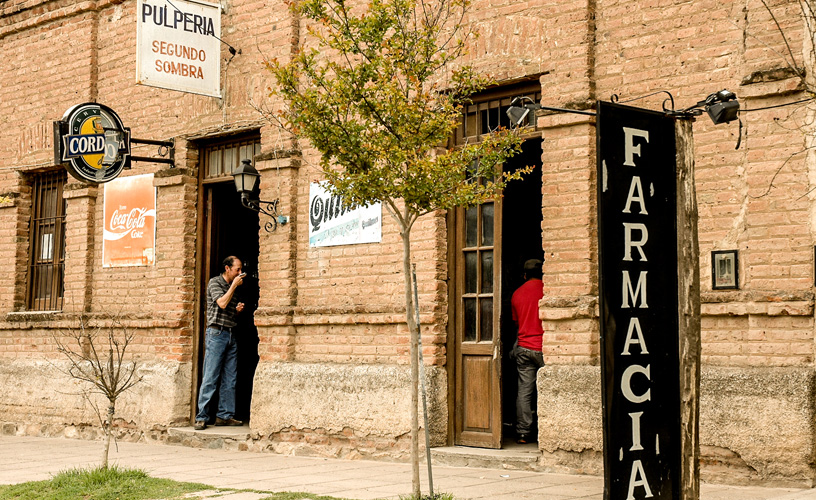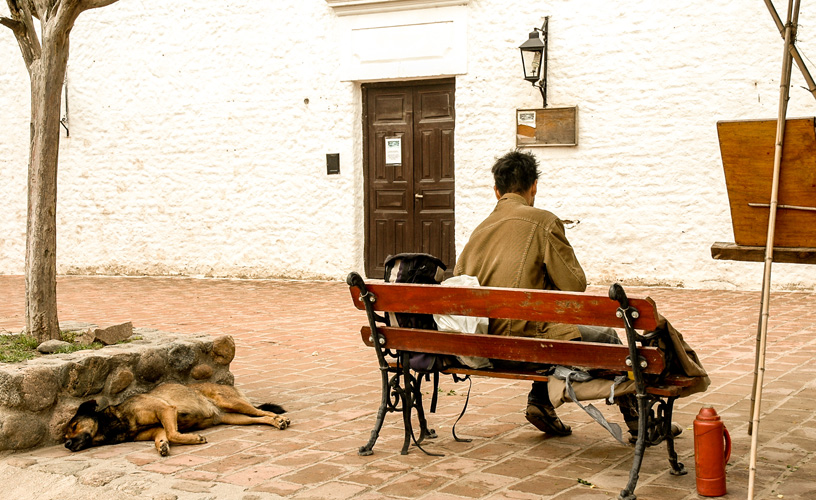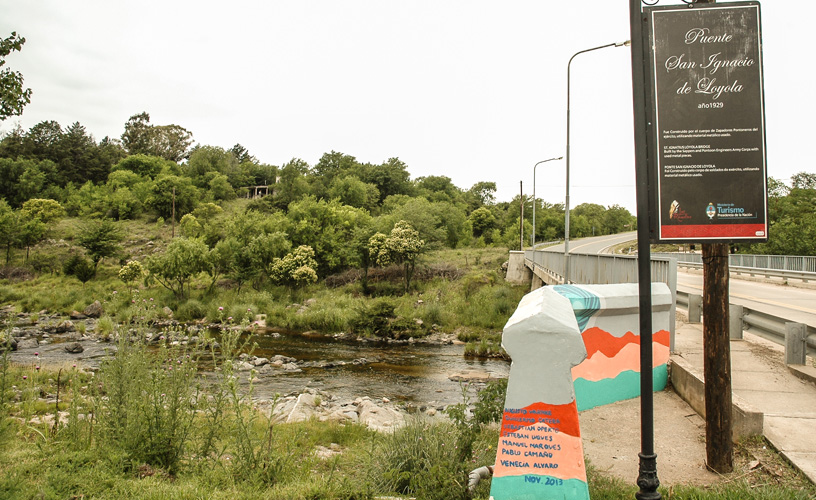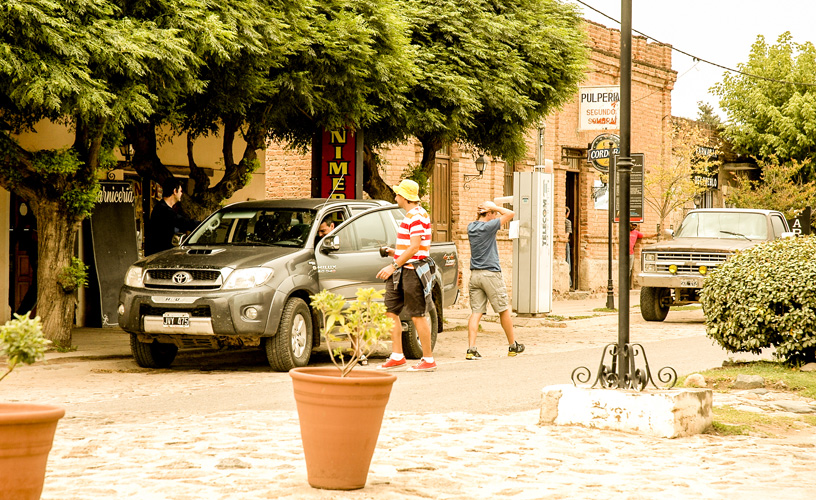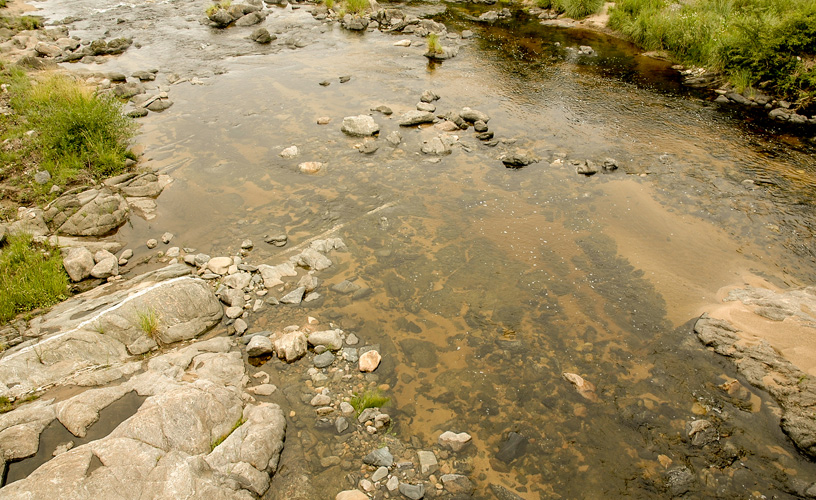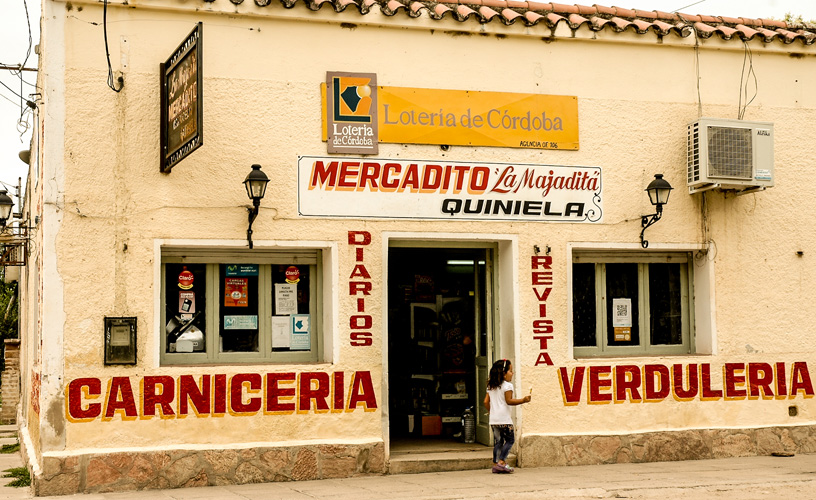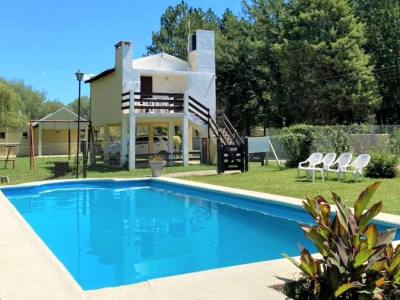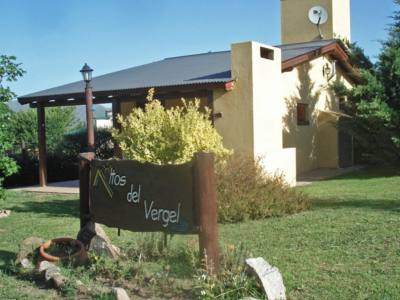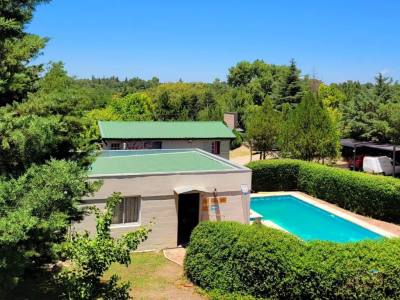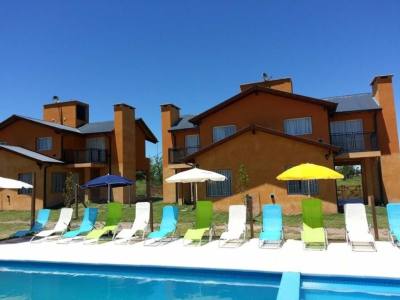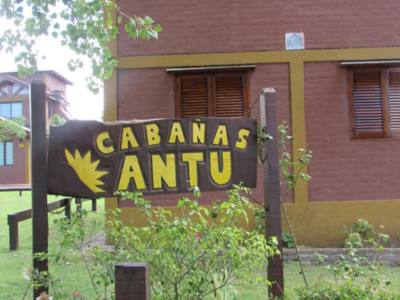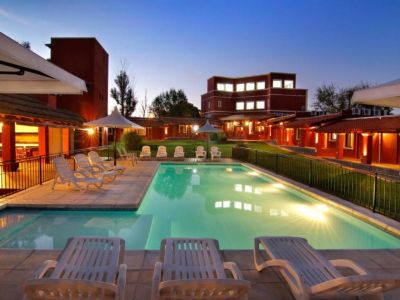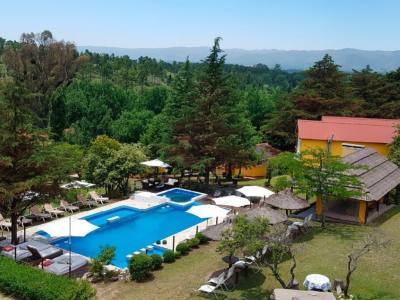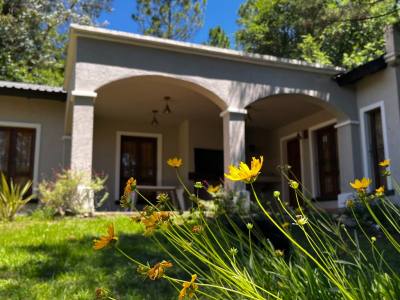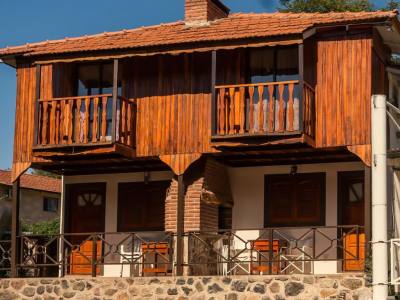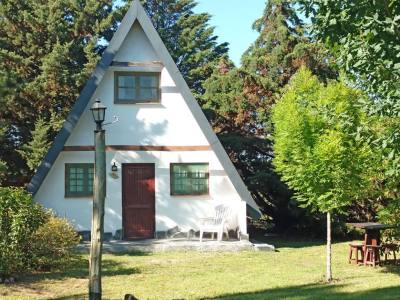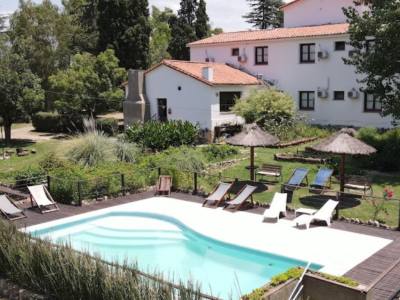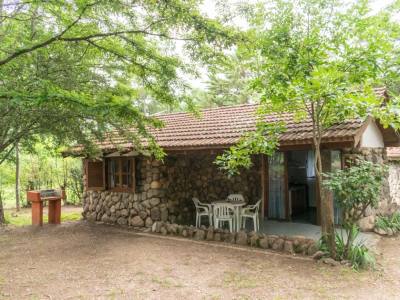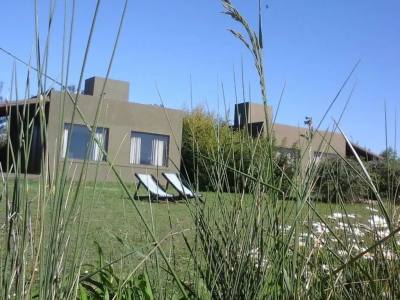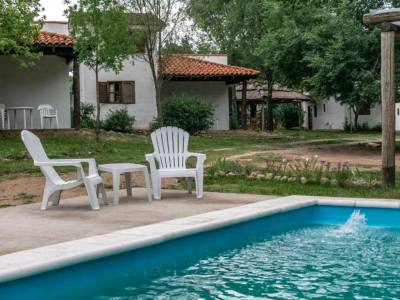The District of Los Reartes came to life in 1993 and slowly developed paying respect to its origins. Therefore, its urban area is a mixture of buildings with native inheritance and present-day constructions with large windows that let nature in. A walk around the downtown may start anywhere. Everything lies within walking distance and past and present are discovered just after a few blocks. The historical shell shows the identity of the district. Old adobe houses with small windows and iron street lamps were witnesses to former times, when Los Reartes was a stop on the roads that joined Córdoba and Río IV in the twentieth century. The classic well shared its inner yards with fruit trees and flowers. We entered the Immaculate Conception Chapel, reconstructed in 1815 with a façade made with raw mud, a tile roof and a central door that leads to the simply decorated inside. The wood furniture was carved by the natives and, due to its heritage, the oratorio is included in the religious circuit of the Province of Córdoba.
Los Reartes from The Inside
We observed another popular construction: pulpería Segundo Sombra. It dates from 1930 and worked as the first general store and gathering place where the locals would enjoy payadas. it is still open and totally worth a visit to enjoy a drink and admire its long counters and ancient shelves.
A few blocks away, on the banks of Los Reartes River, we found a swim hole. Many people were enjoying the clean waters that flow down from the hills amidst huge rocks. Several pools let visitors swim while the sandy beaches are the ideal spot to sunbathe on a deck chair while watching the pinewood around.
Vestiges of the Comechingones have remained at one sector of the river. This native people left traces of their custom to grind the fruit they would pick up in mortars made of this very rock.
Mónica Pons
Pablo Etchevers
